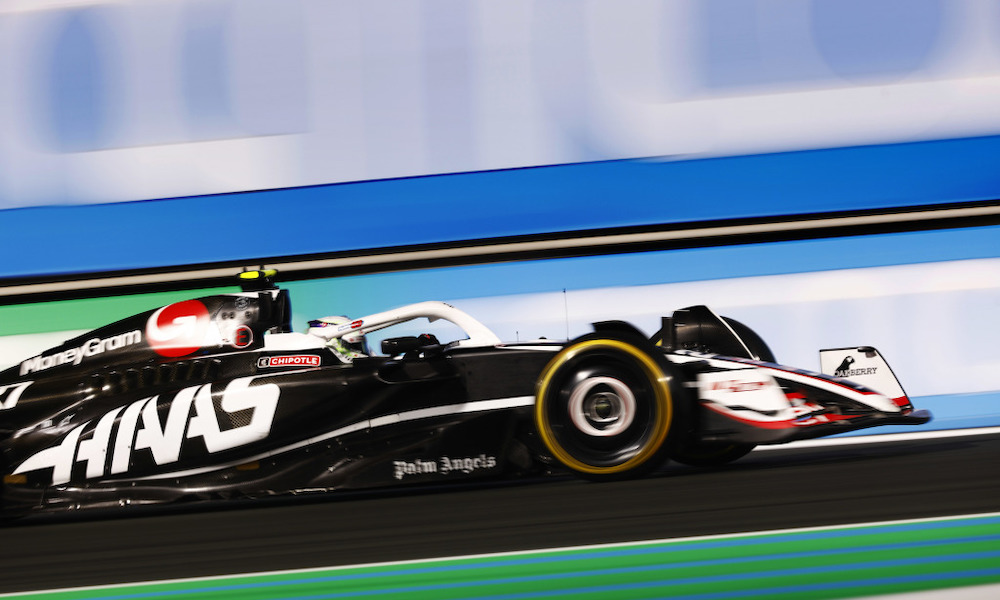
Haas will find out if it’s made progress with another former weakness at this weekend’s Australian Grand Prix, as it looks to get its tires working in cooler temperatures during qualifying.
The first race in Bahrain brought relatively low temperatures but the track surface helps generate heat in the tires, unlike the smoother asphalt at Albert Park. Temperatures are forecast to get no higher than low-70s on Saturday and Sunday, and with the softest tire compound having been chosen for the third race weekend, Haas team principal Ayao Komatsu sees a new challenge to focus on after an encouraging start to 2024.
“I’m looking forward to Melbourne, again it’s a very different circuit,” Komatsu said. “The downforce level will be back to Bahrain’s level, but it’s a very different circuit from there. Bahrain is more traction-orientated whereas Melbourne is a bit more mixed. It has front limitation as well, and under high speed it’s a bit more limited and then the type of corner is very different.
“In terms of car set-up, even though the demands are different, we’re still going to be focused on the long-run pace. Degradation won’t be as low as Jeddah, or as high as Bahrain, so somewhere in between.
“It will also be the first time this year that we use the C5 tire compound. Historically, we’ve struggled to get the tires to work in qualifying, so it’s going to be interesting. Another big factor is tire graining, which previously dominated our tire degradation. We haven’t had severe graining this year so far, so this will be another new challenge for us to manage this weekend.”